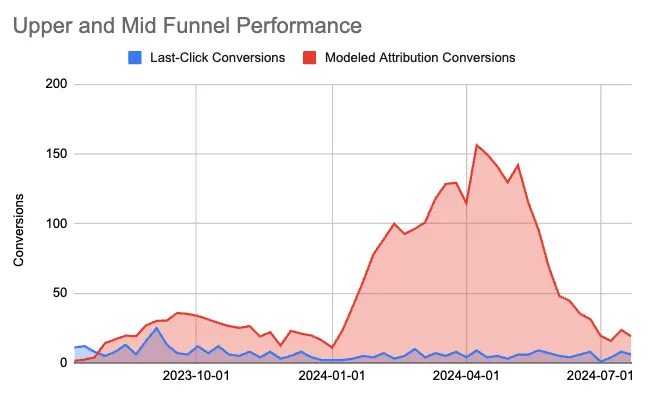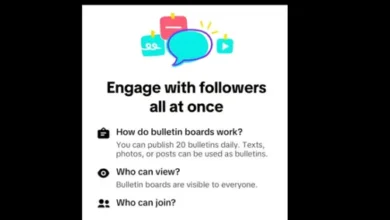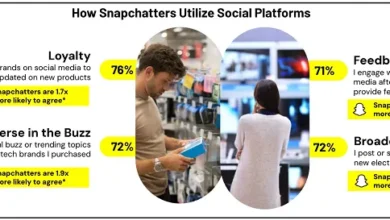LinkedIn Outlines Improved Approach to Ad Attribution

LinkedIn has made some improvements to its advertising attribution models, in order to ensure that its data is more representative of actual ad response, as opposed to the assumptions of traditional ad methodologies.
Because as marketers know, most attribution models are based on presumptive models, like last click attribution, which don’t actually account for the specific nuances of how modern web users both respond to, and engage with related content.
This is especially true for B2B campaigns, LinkedIn’s bread and butter, and in order to address this, LinkedIn is now rolling out a new attribution methodology which takes an entirely different approach.
As explained by LinkedIn:
“Methodologies such as Multi-Touch Attribution (MTA) and Marketing Mix Modeling (MMM), consider a broader range of factors and offer a more balanced view of the customer journey, from initial awareness to final conversion. At LinkedIn, we leverage the complementary value of both MMM and MTA approaches and have developed a unified system bridging the two methodologies in our attribution stack. We have successfully deployed the system for our internal marketing (i.e., marketing for LinkedIn’s products), and will leverage this methodology for advertisers on the LinkedIn Marketing Solutions platform.”
The new approach, taking in elements of both these alternative tracking systems, utilizes more data points within LinkedIn’s assessment process, in order to better measure user response across all of these factors, as opposed to making assumptions off of limited sampling.
Though the full explanation is pretty technical.
For example:
“Positional representations are combined with the sequential touchpoint data generated by members. These sequences are fed through a self-attention module. We concatenate member and company representations and feed these through a dense layer to create a representation of the acting member. The member’s representation and the output of the attention layers are combined and fed through a classification head for the learning task.”
Yeah, it’s not made to be layman friendly, but if that sequence of words makes your head hurt, what LinkedIn saying is that it has constructed a system which takes into account more factors, tied together via a neural network, which can better track and measure audience response to promotions, in order to more accurately attribute campaign performance.
And in its initial testing, LinkedIn says that it’s driven significant improvements in results.
“As an example, the business [in testing] observed the performance of both models for Upper and Mid Funnel campaigns which are found in Video Ads, Digital Display and Social Media. When comparing both models for non-search channels, Modeled Attribution was able to recognize and deliver credit whereas Last Click remained flat. This is due to the model’s ability to stitch impressions from these campaigns in the user journey which RBA models are not able to do. Initial results show a 150x increase in credit found in Modeled Attribution which paces well with Marketing’s spending increase during this time frame.”

In other words, LinkedIn’s improved tracking process was able to better track user responses based on broader tracking and attribution, providing more accurate insight into how ads are driving actual user response.
Which is critical in ensuring that you’re allocating ad spend to the right elements.
“LinkedIn marketing had historically relied on rule-based attribution (RBA) based on last-click, where full credit for a conversion point was given to the last-click event. This over-indexed the credit towards low funnel channels that convert demand, such as Search or Email. However, last-click attribution understates the value of upper and mid-funnel channels which devoids marketers with the ability to see their performance or how to optimize it.”
So rather than doubling down on elements that may not be the key drivers of your results, you’ll now have more insight with which to base your spending decisions.
Which should lead to improved results.
LinkedIn says that it’s rolling out this new methodology to all advertisers.
Source link




